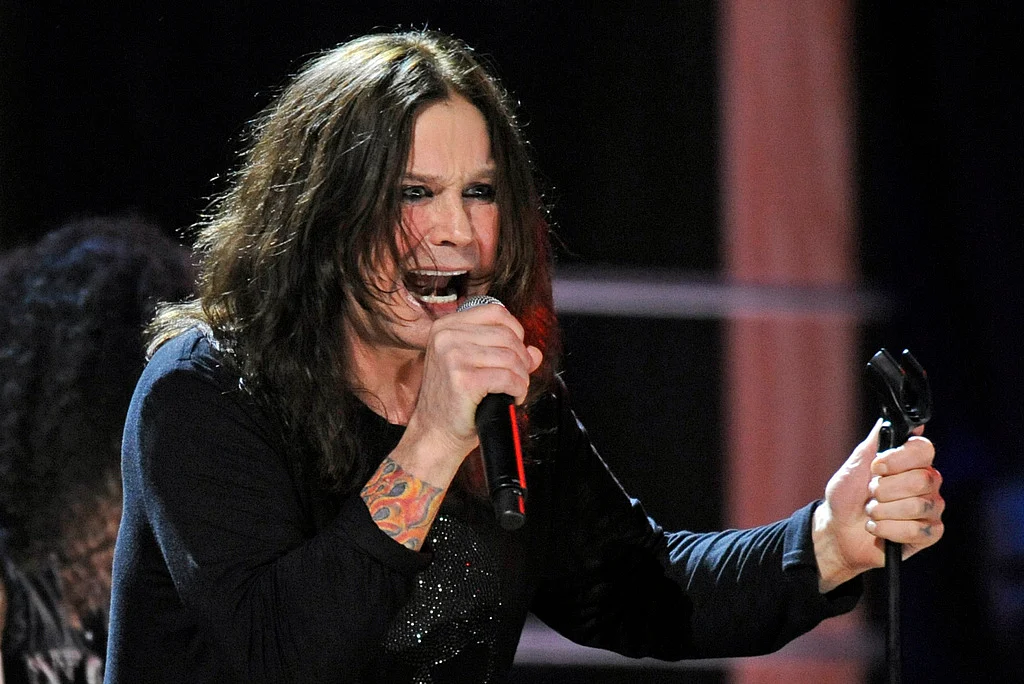Ozzy Osbourne dead at 76: Black Sabbath frontman and heavy metal icon leaves behind a thunderous legacy
In life, he redefined rock stardom. In death, he reminds us how raw and dangerous it was

Dubai: The world didn’t just lose a rock star. It lost a force of nature in eyeliner.
With the death of Ozzy Osbourne at 76, a final, thunderous note echoes through the annals of rock history — closing the chapter on a man who didn’t just help invent heavy metal, but embodied its chaos, darkness, and myth for more than five decades.
From factory floors in Birmingham to global superstardom, Osbourne was more than the frontman of Black Sabbath — he was the genre’s original sinner and its most enduring icon. His death isn’t just the end of a life. It’s the end of an era.
Born John Michael Osbourne on December 3, 1948, in working-class Birmingham, his journey was the stuff of rock legend: a dyslexic kid with a fondness for The Beatles, a string of dead-end jobs, a prison stint for petty theft — and then destiny.
In 1968, alongside guitarist Tony Iommi, bassist Geezer Butler, and drummer Bill Ward, he formed Black Sabbath. The band would become the godfathers of heavy metal, fusing doom-laden riffs with occult imagery and working-class rage.
Their 1970 debut album Black Sabbath — released on a Friday the 13th, no less — opened with the sound of church bells and rain before unleashing a sound so dark and heavy, it birthed an entirely new genre.
By the time Paranoid and Iron Man hit the airwaves, Black Sabbath weren’t just popular — they were feared, worshipped, and immortalised.
With more than 75 million albums sold, Black Sabbath rewrote the rules of rock. They were inducted into the Rock & Roll Hall of Fame in 2006, while Osbourne received a second induction in 2024 as a solo artist. His solo career, including hits like Crazy Train and Mama, I’m Coming Home, only deepened his legend.
But Ozzy wasn’t just the sound of metal — he was its spectacle. His infamous 1982 stunt in Des Moines, Iowa, where he bit the head off a bat onstage, blurred the line between myth and madness. “I thought it was a rubber toy,” he later said. “The rabies shots weren’t fun.”
Offstage, he became a household name in the 2000s with The Osbournes, a chaotic, expletive-filled reality TV series that revealed the strangely tender chaos of life with wife Sharon and their children. Somehow, the Prince of Darkness became everyone’s favorite mumbling dad.
Osbourne faced his share of demons — substance abuse, a near-fatal quad bike accident in 2003, a Parkinson’s diagnosis in 2019, and multiple spinal surgeries — but he never stopped creating. His albums Ordinary Man (2020) and Patient Number 9 (2022) proved that even in his later years, he had no intention of fading quietly.
On July 5, 2025, he gave his final performance at Birmingham’s Villa Park stadium. Seated on a bat-topped leather throne and surrounded by his original Black Sabbath bandmates, he ended the night with Paranoid, telling the roaring crowd: “It’s the last song ever… Your support has enabled us to live an amazing lifestyle. Thank you from the bottom of our hearts.”
It was a goodbye as theatrical as his life — and as unforgettable.
Ozzy Osbourne lived like a myth, sang like a banshee, and stumbled through fame with a strange kind of grace. He turned excess into folklore and rebellion into legacy.
In life, he redefined what a rock star could be. In death, he reminds us what rock used to feel like: dangerous, raw, alive.
The stage is empty now. The Prince of Darkness has left the building — but the echo of his madness will never die.
*This article contains inputs by reporting from AFP
Network Links
GN StoreDownload our app
© Al Nisr Publishing LLC 2026. All rights reserved.